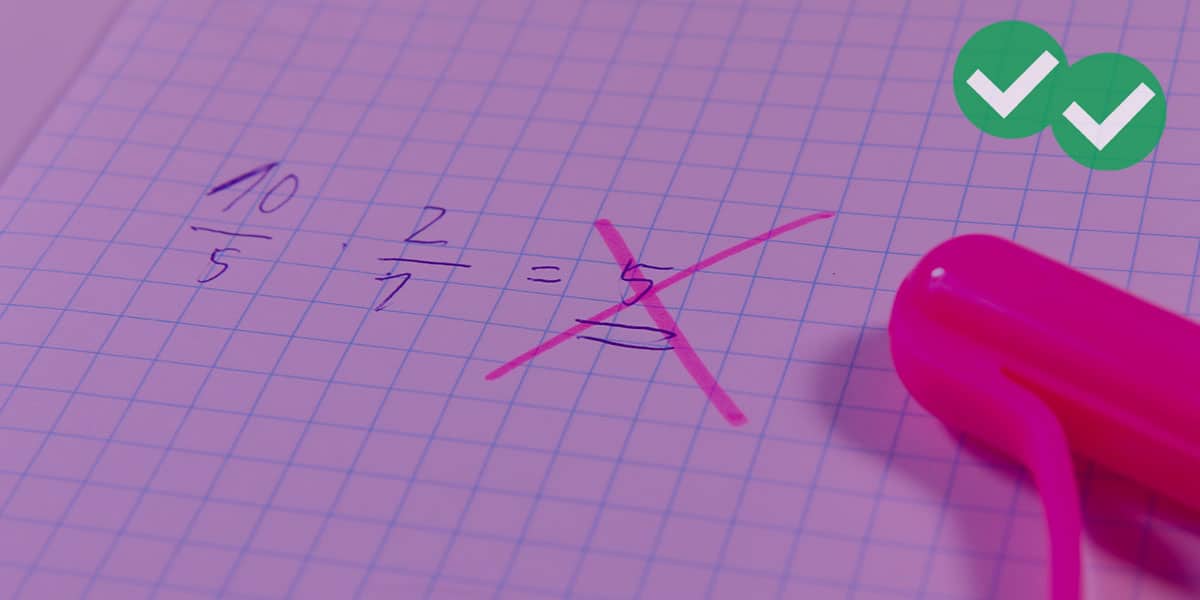How do we know what the possible values for a variable on the GMAT are?
First of all, consider this DS problem
1) Is P > Q?
Statement #1: P = 5*Q
Statement #2: P = Q + R
For folks who are not as comfortable with math, or are a bit rusty with math, may fall into any one of a number of traps here. Nothing is specified about any of these three variables, and on the GMAT, when nothing is specified, we have to assume that every category of number is possible. This means we have to consider
a) 1 (the great exception to many rules)
b) 0 (another great exception to many rules
c) positive integers (1, 2, 3, 4, etc.)
d) negative integers (-1, -2, -3, -4, etc.)
e) positive fractions (1/2, 1/10, etc.)
f) negative fractions (-1/2, -1/10, etc.)
For a mathematic statement in variables to be true, it must be true for every category of number. For example, the commutative law (a + b = b + a and c*d = d*c) works for every single number on the number line, all infinity of them. Statements like that are rare indeed.
In the problem above, if you fall into the trap of thinking only in terms of positive numbers, you may go astray. If we specified that P & Q & R must be positive integers, then each statements would be sufficient on its own, and the answer would be D. BUT, as it stands, those variables could be anything.
If P and Q are positive, then P = 5*Q implies P > Q, but if P and Q are negative, then P = 5*Q implies Q > P (for example, consider P = -10 and Q = -2). Statement #1 is not sufficient.
If R is positive, then adding R makes something bigger, but if R is negative, then adding R makes something smaller. Statement #2 is not sufficient.
Even if we combine both statements — if we pick three positive numbers (e.g. P = 5, Q = 1, and R = 4) we get a “yes” answer to the prompt; but, if we pick, say P = Q = R = 0, then the both math equations work, and the answer to the prompt would be “no.” Nothing is sufficient. Answer is E precisely because there are too many possibilities to determine anything.
Whenever you see variables, and no constraints are explicitly specified in the problem, you must consider all possible cases!
Here’s a challenging DS practice question:
1) http://gmat.magoosh.com/questions/966






Leave a Reply